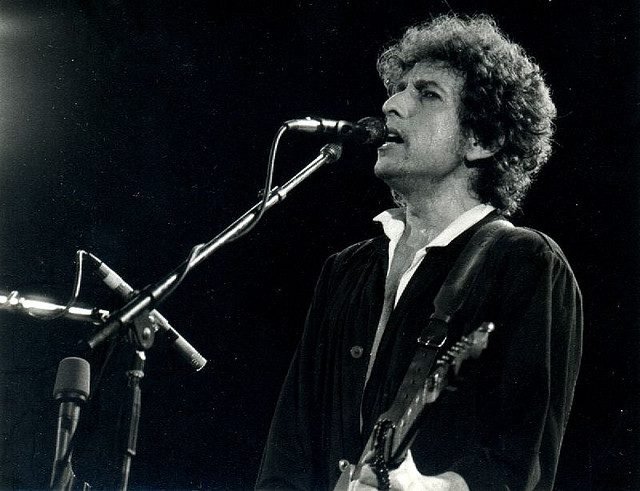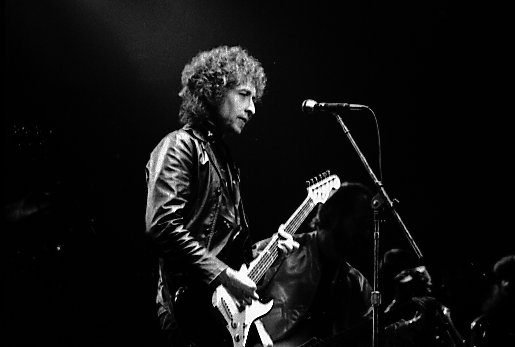In the 1970s, Bob Dylan, one of the most influential musicians in history, faced a moment of uncertainty in his career. Known for songs like “Blowin’ in the Wind” and “The Times They Are a-Changin’,” Dylan had inspired a generation. But by 1973, his music and popularity seemed to be fading. Critics were harsh, fans were doubtful, and his future as a legendary artist hung in the balance.
A single tour, however, turned everything around. In 1974, Dylan went back on stage with The Band, a group he had a long history with, and proved that he was far from finished. This tour not only revived his career but also solidified his position as one of music’s enduring icons.
Bob Dylan’s Struggles in the Early 1970s
By the early 1970s, Dylan had retreated from the spotlight. After a famous motorcycle accident in 1966, he had largely disappeared from public view, focusing on family life with his wife, Sara, and their four children. He rarely performed and had parted ways with his longtime manager, Albert Grossman, and his original record label, Columbia Records.

His recent works were not well received. The soundtrack for the movie Pat Garrett and Billy the Kid, in which Dylan also acted, was criticized as being lackluster. Rolling Stone magazine even described him as “the least significant rock figure of the Seventies.” It was hard to imagine that the same artist who had once been called the voice of a generation was now being dismissed as irrelevant.
A Chance to Turn Things Around
Dylan’s career took a turn when music industry heavyweight David Geffen offered him a contract with his new label, Asylum Records. But there was a condition: Dylan needed to tour. Geffen believed that live performances could reignite Dylan’s connection with his audience and breathe new life into his career.
In the summer of 1973, Dylan met guitarist Robbie Robertson. The two shared a rich history. Robertson’s band, The Hawks, had performed with Dylan during his controversial “electric” tour in the mid-1960s. That tour marked Dylan’s shift from acoustic folk to electric rock, a move that divided fans. Some even booed him, calling him a “traitor” to folk music. But despite the backlash, those performances cemented Dylan’s reputation as a trailblazer.
This meeting with Robertson was a turning point. Inspired by their conversation and their shared history, Dylan decided to hit the road again. He reunited with The Band, which included members of The Hawks, for a major tour in 1974.
The 1974 Tour: A Comeback Story
The 1974 tour was a bold move for Dylan. It marked his return to the stage after years of silence and uncertainty. Together with The Band, Dylan performed across the United States, filling arenas and captivating audiences.
These concerts showcased a younger, more passionate Dylan. His performances were raw and powerful, reminding fans why they had fallen in love with his music in the first place. Songs like “Like a Rolling Stone” and “Knockin’ on Heaven’s Door” resonated deeply, bringing audiences to their feet.
The chemistry between Dylan and The Band was undeniable. Their music, a mix of folk, rock, and country, created a sound that felt both nostalgic and fresh. Fans who had doubted Dylan’s relevance were now cheering for him louder than ever.
The Legacy of Big Pink
Dylan and The Band’s connection went beyond the 1974 tour. After Dylan’s motorcycle accident in 1966, he had retreated to Woodstock, New York. There, he collaborated with members of The Band in a rented house nicknamed “Big Pink.”
In the basement of Big Pink, they spent hours jamming, creating music that would later influence Dylan’s albums like John Wesley Harding and Nashville Skyline. These sessions were a mix of traditional folk, country, and rock and roll, showing Dylan’s ability to reinvent himself and stay ahead of musical trends.

The music created during this time became legendary. It was not just about crafting new songs but also about reconnecting with the roots of American music. This foundation played a significant role in Dylan’s 1974 comeback, as it reminded fans of his authenticity and artistry.
The Impact of the Tour
The 1974 tour was a defining moment for Dylan. Critics praised his performances, and fans were thrilled to see him back in action. The live recordings from this tour, later released as part of a box set, capture the energy and excitement of those shows.
This period also reignited Dylan’s passion for performing. In 1988, he began what he called the “Never Ending Tour,” a series of concerts that continues to this day. At 83 years old, Dylan remains a tireless performer, proving that his music transcends time and trends.
Why the 1974 Tour Matters
Dylan’s 1974 tour with The Band was more than just a series of concerts. It was a statement. It showed that even when an artist’s career seems to be fading, it’s possible to bounce back with determination and the right support.


